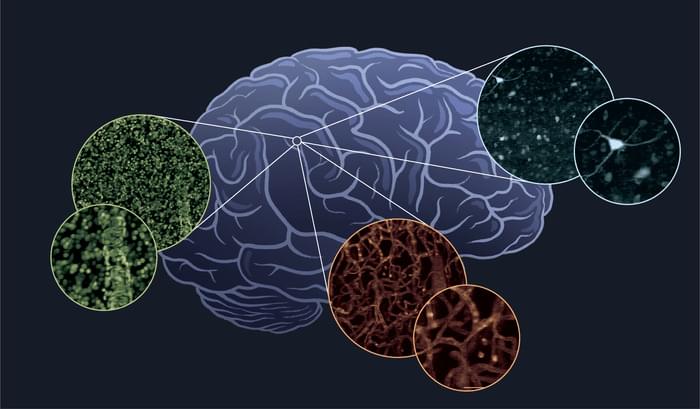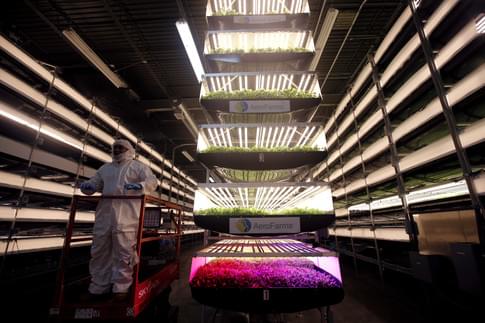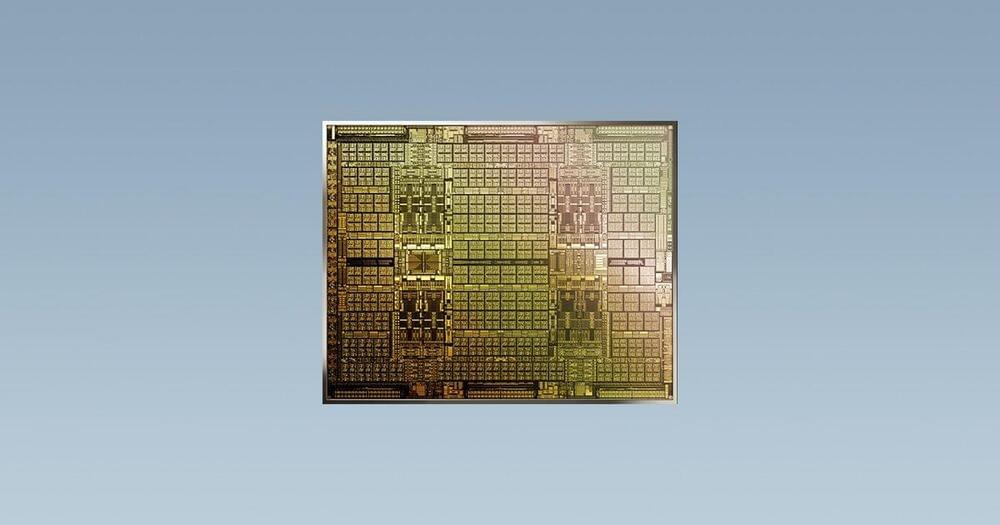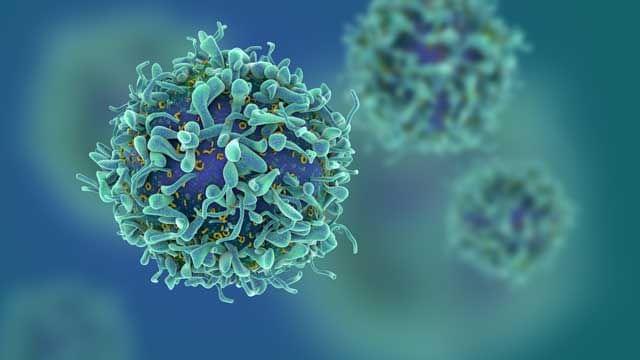This kind of data can help uncover how the structure and organization of the brain give rise to behavior, emotion and cognition, in sickness and in health.
Learn More.
The Neuro-Network.
This kind of data can help uncover how the structure and organization of the brain give rise to behavior, emotion and cognition, in sickness and in health.
Learn More.
The Neuro-Network.

NASA’s Perseverance Mars rover used its Mastcam-Z camera system to shoot video of Phobos, one of Mars’ two moons, eclipsing the Sun. It’s the most zoomed-in, highest frame-rate observation of a Phobos solar eclipse ever taken from the Martian surface.
Several Mars rovers have observed Phobos crossing in front of the Sun over the past 18 years. Spirit and Opportunity made the first observations back in 2004; Curiosity in 2019 was the first to record video of the event. Each time these eclipses are observed, they allow scientists to measure subtle shifts in Phobos’ orbit over time. The moon’s tidal forces pull on the deep interior of the Red Planet, as well as its crust and mantle; studying how much Phobos shifts over time reveals something about how resistant the crust and mantle are, and thus what kinds of materials they’re made of.
The Mars 2020 Perseverance mission is part of NASA’s Moon to Mars exploration approach, which includes Artemis missions to the Moon that will help prepare for human exploration of the Red Planet.
Credit: NASA/JPL-Caltech/ASU/MSSS/SSI

NEW YORK – A collaboration between researchers at Columbia and the Icahn School of Medicine is embarking on a project that will generate comprehensive atlases of entire human brains and all their 180+ billion cells. This kind of data can help uncover how the structure and organization of the brain give rise to behavior, emotion and cognition, in sickness and in health.
Credit: Hillman Lab/Columbia’s Zuckerman Institute.

Imagine growing crops with 95% less water, or producing meat through methods that free up 80% of the world’s agricultural land. And how about eliminating the CO2 of global supply chains by simply moving production facilities closer to customers and cutting the parts used in the final product a hundredfold? What might sound like crazy ideas are solutions available today through green technologies.
Green tech describes the technology and science-based solutions that mitigate the negative human impact on the environment in a broad range of fields from agriculture to construction. Sixteen per cent of global emissions are caused by transportation, 19% by agriculture, 27% by energy production, 31% by construction and production, with the remaining 7% caused by heating. Green technologies can be applied in all of these CO2-emitting sectors, thus offering broad solutions for sustainable growth.


Back in 1993, AI pioneer Jürgen Schmidhuber published the paperA Self-Referential Weight Matrix, which he described as a “thought experiment… intended to make a step towards self-referential machine learning by showing the theoretical possibility of self-referential neural networks whose weight matrices (WMs) can learn to implement and improve their own weight change algorithm.” A lack of subsequent practical studies in this area had however left this potentially impactful meta-learning ability unrealized — until now.
In the new paper A Modern Self-Referential Weight Matrix That Learns to Modify Itself, a research team from The Swiss AI Lab, IDSIA, University of Lugano (USI) & SUPSI, and King Abdullah University of Science and Technology (KAUST) presents a scalable self-referential WM (SRWM) that leverages outer products and the delta update rule to update and improve itself, achieving both practical applicability and impressive performance in game environments.
The proposed model is built upon fast weight programmers (FWPs), a scalable and effective method dating back to the ‘90s that can learn to memorize past data and compute fast weight changes via programming instructions that are additive outer products of self-invented activation patterns, aka keys and values for self-attention. In light of their connection to linear variants of today’s popular transformer architectures, FWPs are now witnessing a revival. Recent studies have advanced conventional FWPs with improved elementary programming instructions or update rules invoked by their slow neural net to reprogram the fast neural net, an approach that has been dubbed the “delta update rule.”


10 people will take the better part of a year to port a new technology library. Now we can do it with a couple of GPUs running for a few days.
Nvidia has been quick to hop on the artificial intelligence bus一with many of its consumer facing technologies, such as Deep Learning Super Sampling (DLSS) and AI-accelerated denoising exemplifying that. However, it has also found many uses for AI in its silicon development process and, as Nvidia’s chief scientist Bill Dally said in a GTC conference, even designing new hardware.
Dally outlines a few use cases for AI in its own development process of the latest and greatest graphic cards (among other things), as noted by HPC Wire.
